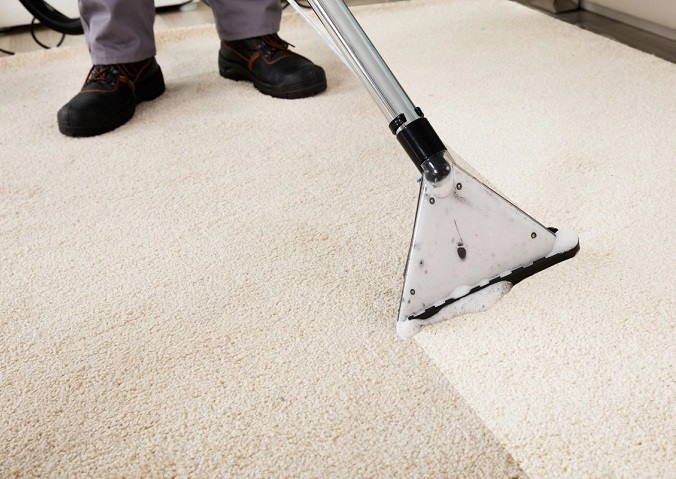Pros And Cons Of 6 Different Commercial Carpet Cleaning Methods
Commercial carpet cleaners are asked to clean carpets in offices and other business premises that may have been stained differently. In addition, the state of the rug will depend on the type of business, how many people walk across it each day, and how well it has been cared for in the past, if at all.
As a result of all these variables, commercial carpet cleaning companies have had to develop several different carpet cleaning methods over the years; no single carpet cleaning method stands above all others as they each have specific uses and individual pros and cons. Thanks to the professional advice from Brilliance Carpet Cleaning Perth, you are about to discover the pros and cons as we look at 6 of the most common commercial carpet cleaning methods.
Vacuuming: Everyone knows this method, and it is still integral to commercial carpet cleaning to remove dirt and grit from carpets.
Pros
- Very cost-effective
- Simple and easy
- Ideal for removing dirt and grit
- Helps reduce wear in carpets
Cons
- Needs to be done regularly….daily if possible
- Not suitable for wet stains
Detergent And Water: One of the oldest methods of cleaning carpets involves using a mild detergent mixed with warm water and gently scrubbing the carpet to remove stains.
Pros
- Cheapest carpet cleaning method of all
- No machinery is required
- Ideal for small carpets and rugs
Cons
- The carpet takes time to dry
- It requires some physical effort
- Not suitable for large carpets
- It can take several hours
Dry Carpet Cleaning: As the name suggests, this carpet cleaning method does not use liquid shampoos, detergents, or water. Instead, a dry powder is applied to the carpet using a rotating brush and left for several minutes. The powder penetrates the carpet, absorbing dirt, and then vacuums up.
Pros
- Relatively simple
- Extremely safe
- The carpet does not need to dry out
Cons
- Not ideal for deep cleaning
- Powerful vacuum cleaner required to remove all powder
Bonnet/ Absorbent Pad: After vacuuming, a carpet cleaning solution is sprayed onto the carpet using a hand pump or spray gun and left for several minutes. Then, using a rotary floor cleaner with an absorbent or bonnet pad attached, you go over the carpet’s surface and lift the dirt.
Pros
- Extremely quick and easy
- Carpet dries quickly
- Cost-effective
- It is ideal for spot cleaning
Cons
- It may leave a residue
- Only used for temporary cleaning
- Not a deep clean
Hot Water/Steam: Used extensively by commercial carpet cleaning companies, this method is done in two parts. First, a carpet cleaning solution is applied to the carpet and allowed to settle. Then a high-pressure wash is then applied using hot water or steam. The appliance used then sucks up the dirty water along with the dirt from the carpet.
Pros
- The best option for deep cleaning
- Removes stains, dirt, odours, and bacteria
- No need for dangerous chemicals
Cons
- Requires an extended drying time
- Costs more than other methods
- Requires specialist equipment
Encapsulation Cleaning: This is another method that does not require water. Instead, special crystallizing chemicals or agents are spread across the carpet, and these penetrate within it. The crystals break down and disintegrate dirt particles, vacuumed to leave a spotless carpet.
Pros
- Extremely effective at removing dirt
- Ideal for larger carpets
- No need to wait for carpets to dry
Cons
- Requires specialist equipment
- Not suited to oil and grease stains
- Crystals and chemicals are not cheap

